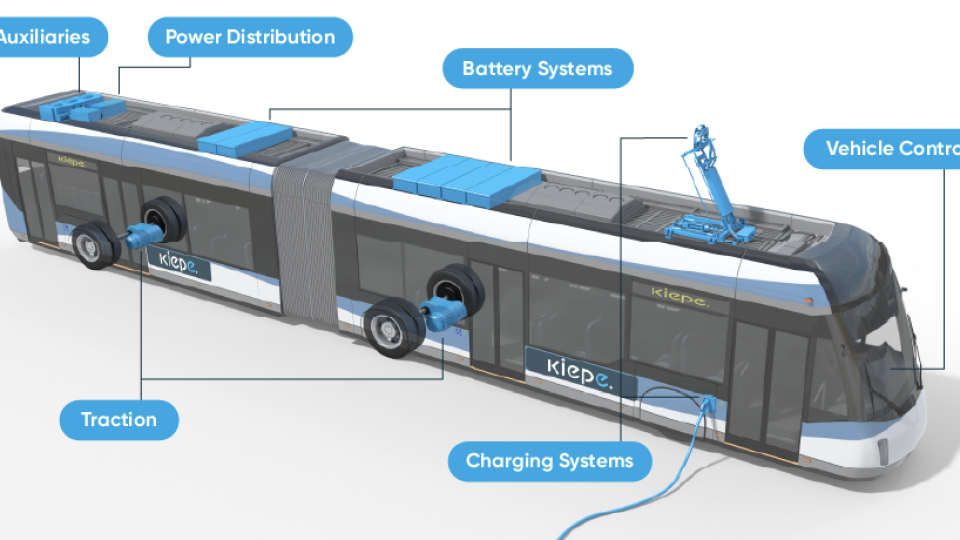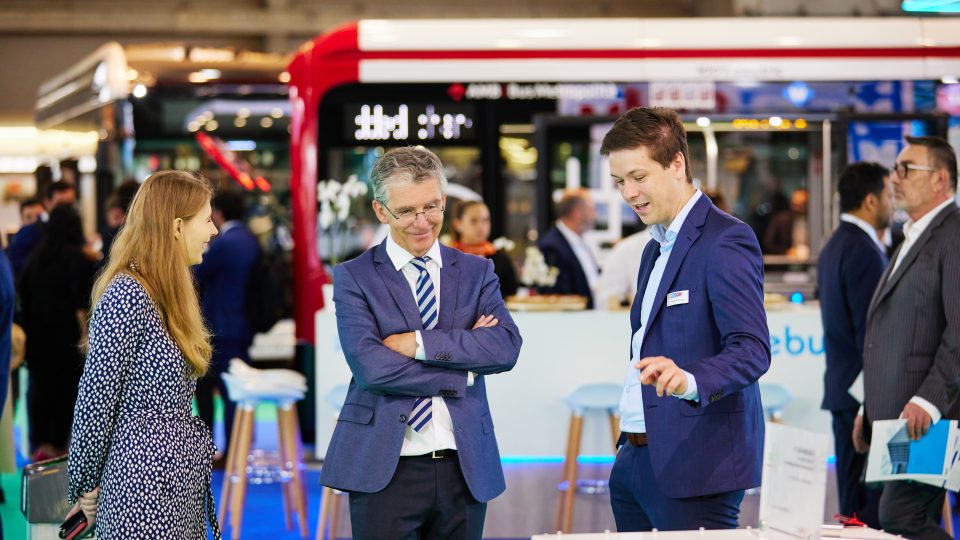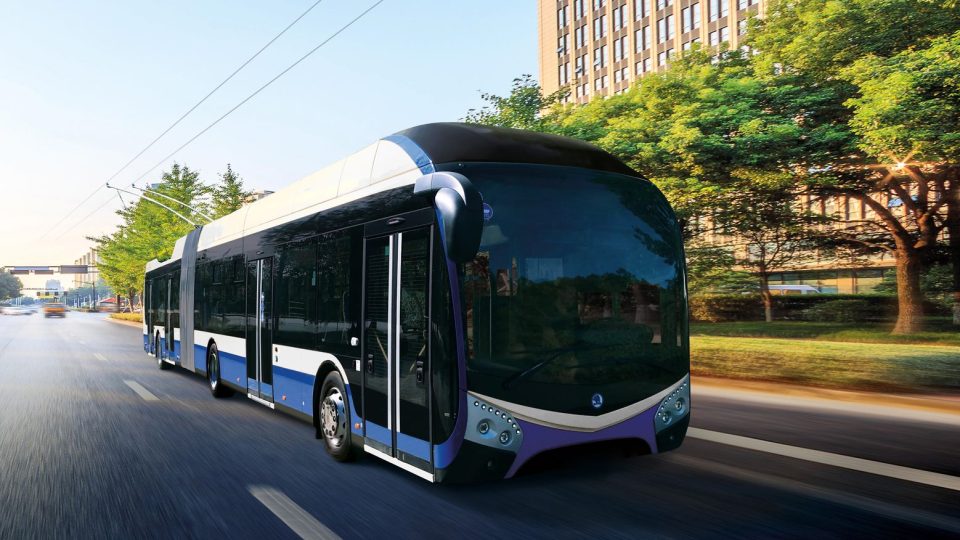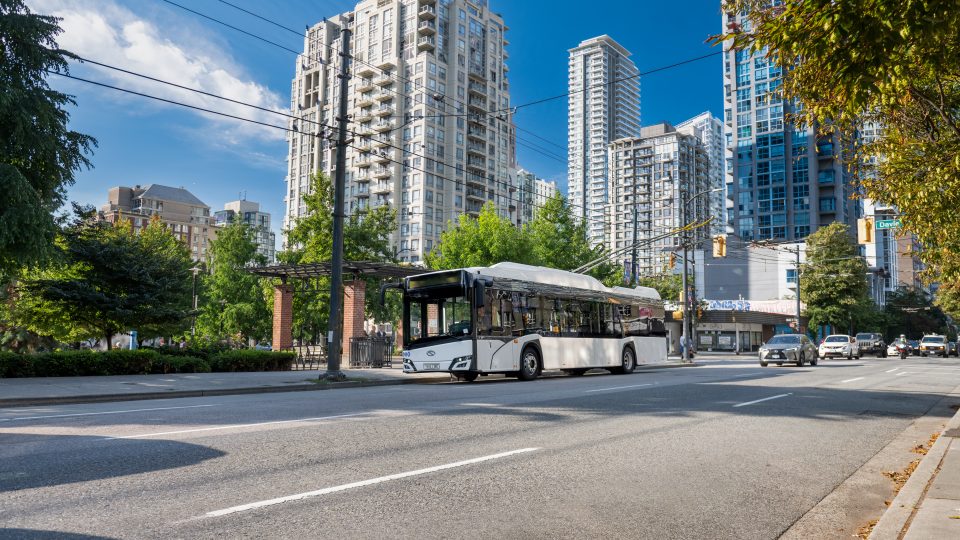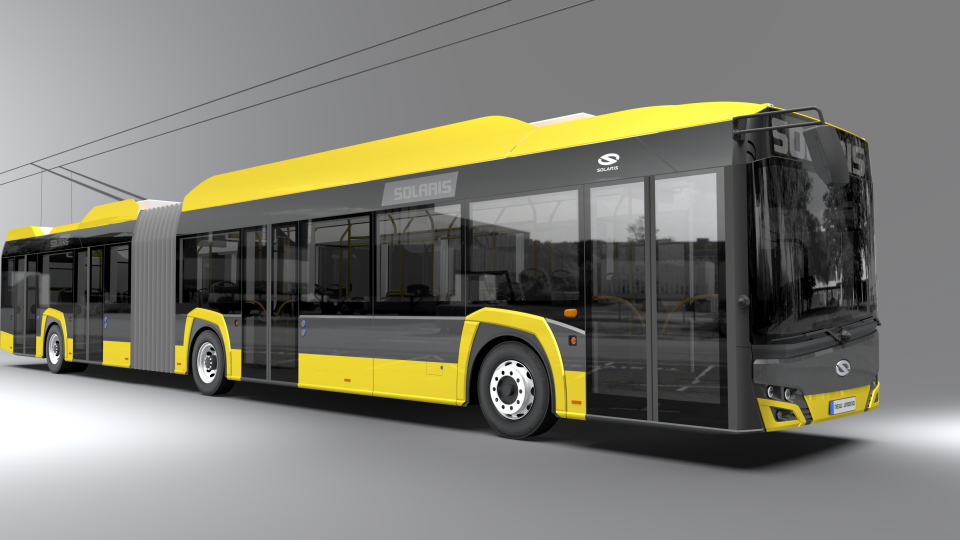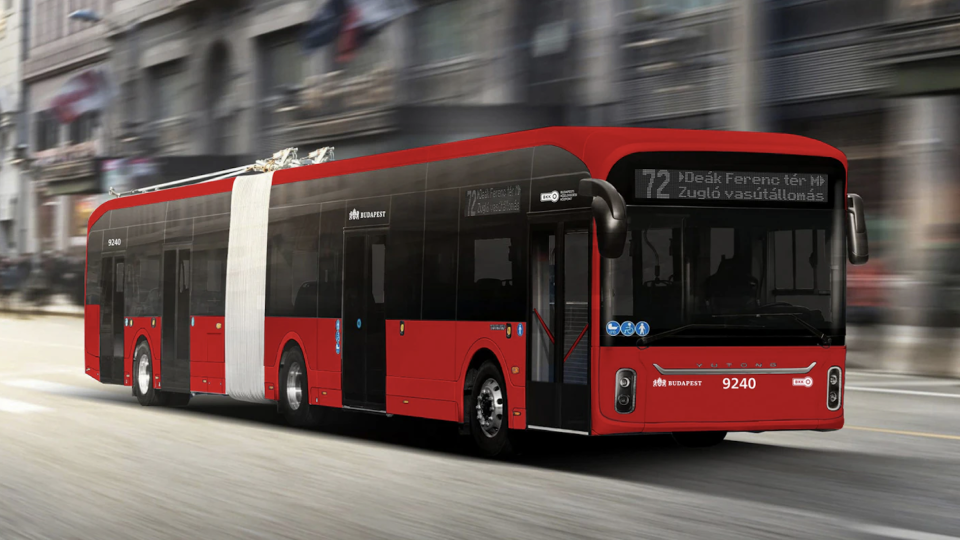New trolleybuses for Salzburg (60) and Innsbruck (20), by Hess
Carrosserie Hess is expanding again in Austria: the Swiss manufacturer closed a framework agreement to supply up to 80 vehicles for two Austrian networks by 2032. The first, Salzburg Linien, operator of a network active since 1940, of 11 trolleybus lines, already has 42 vehicles supplied by Hess in operation, to be joined by a further […]
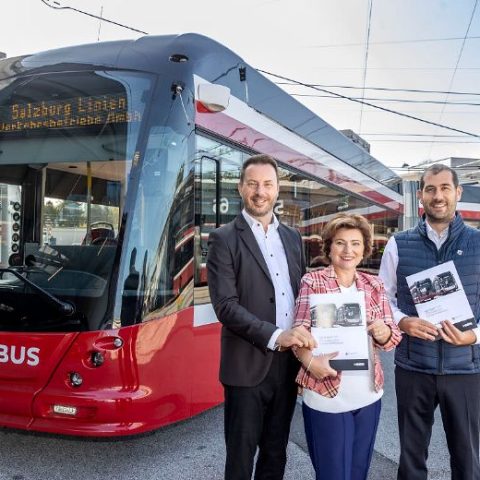
Carrosserie Hess is expanding again in Austria: the Swiss manufacturer closed a framework agreement to supply up to 80 vehicles for two Austrian networks by 2032. The first, Salzburg Linien, operator of a network active since 1940, of 11 trolleybus lines, already has 42 vehicles supplied by Hess in operation, to be joined by a further eight by February 2025. For the second network , however, it is a welcome return: we are talking about Innsbruck, a city that had trolleybuses from 1944 to 1976 and from 1988 to 2007. The network is operated by Innsbrucker Verkehrsbetrieb und Stubaitalbahn GmbH IVB.
The important agreement provides for up to 60 trolleybuses in Salzburg and up to 20 others in Innsbruck, partly of the LighTram 19 DC model, 18-metre articulated, with a capacity of 156 passengers; single and triple-car, 24-metre cars will also be ordered; the cars will of course be equipped with battery packs for autonomous driving and In Motion Charging.
The cooperation between the two companies for the purchase of the vehicles allows for a not inconsiderable economy of scale, with a reduction in the purchase cost per vehicle, with only a few differences in some of the outfitting details.
Salisburg
As part of the new agreement, the Salzburg-based company has already ordered the first 12 18-metre vehicles, to be delivered by 2027, which will make it possible to increase the frequency on lines 9 and 10 and to plan the extension of line 12, the frequency of which will increase from 05.00 to 23.00 from the current 20 minutes to 15, and to set aside the remaining Van Hool AG 300 T. The frequency of lines 9 and 10, on the other hand, will decrease from 15 to 10 minutes from February 2025, when the 8 Hess currently under construction will enter service. On public holidays, the frequency of Line 10 will decrease from the current 30 to 20 minutes.
The current Salzburg fleet of around 120 cars will not be able to cope with the planned service, not least because the less performing trolleybuses will have to be stopped.
The trolleybus service is highly appreciated by users, who voted against the extension of the local S. Link railway on 10 November. The aim of the municipal administration is now to lower the trolleybus frequency to 7.5 minutes, with a further reduction to 5-6 minutes for the busiest lines.
Innsbruck
In Innsbruck, trolleybuses would share the electric mode with buses, in view of the total conversion to electric by 2035. The new vehicles will allow the reconstruction of non-electric trolleybus sections along the entire length of the line, on which the trolleybuses will recharge their batteries.
The trolleybuses in Innsbruck are currently planned for routes C (Luigienstrasse-Sieglanger), F (Airport – Rum Kaplanstrasse), J (Pascherhofer-Nordkette), M (Mentilberg-Aldrans), R (DEZ South-Rehgasse) T (Rum Station-Vols Cyta South), and probably route 404 (Central Station-Axams-Grimens), the latter operated by Osterreichische Postbus AG. The frequency of the lines is about 15 minutes, with some intensifications such as line 404, which from about 3.40 p.m. to 7 p.m. on weekdays has a frequency of about 7 to 8 minutes.
Already in February 2022, passengerless tests were carried out using a LighTram 19 DC from Salzburg, car 427.
Innsbruck will therefore be, after Salzburg and Linz, the third Austrian city to have the new-generation trolleybuses; the cooperative purchasing model is also interesting, allowing significant savings per vehicle while still maintaining excellent product characteristics. The choice of Innsbruck is further confirmation of the validity of the trolleybus vehicle.
by Stefano Alfano


